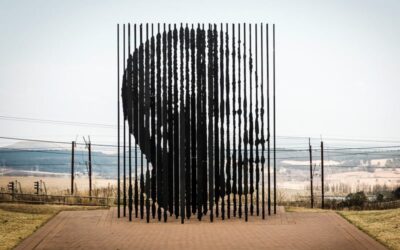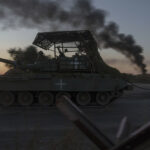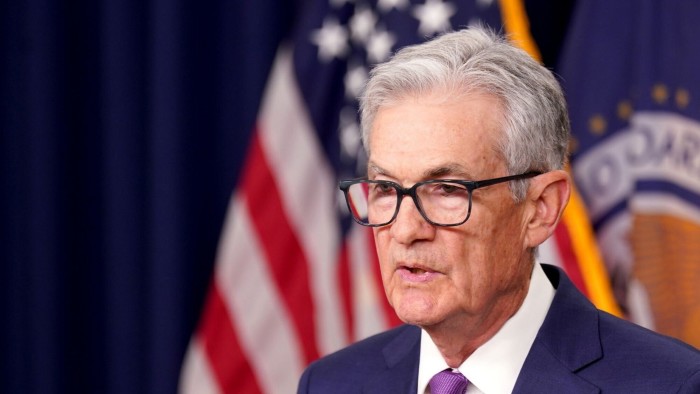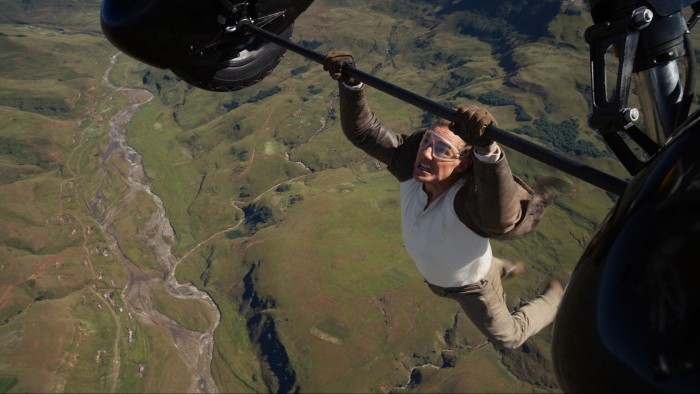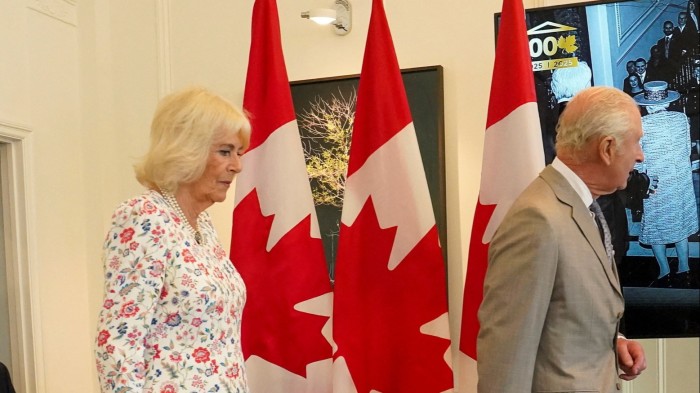Russia’s record air attack on Ukraine dashes hopes for ceasefire
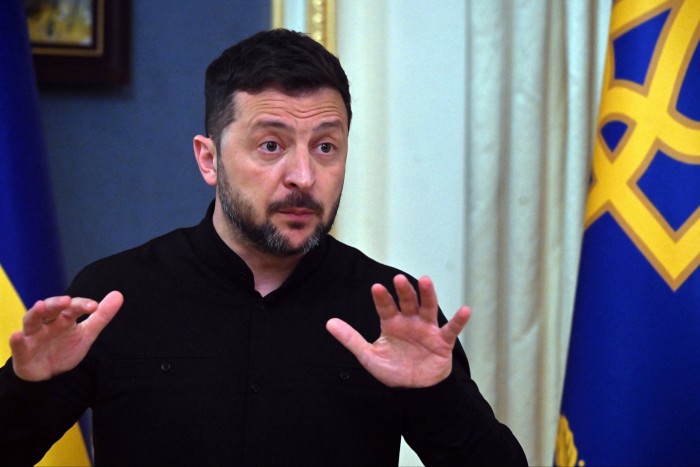
Russia carried out its largest aerial attack on Ukraine, shattering any hopes that a record prisoner exchange completed on Sunday could lead to a cessation of hostilities.
At least 12 people were killed and dozens more injured in the overnight attack, which the Ukrainian air force said was the single-largest aerial assault of the war so far — with Moscow launching 367 missiles and suicide drones. Sunday’s record assault came after another large attack on Saturday.
Ukrainian President Volodymyr Zelenskyy said 30 cities and towns had been targeted in 12 regions. He urged western allies to step up their pressure on Moscow in response to the attack which he described as further evidence that Russian President Vladimir Putin was not interested in peace.
“Putin must be forced to think not about launching missiles, but about ending the war,” Zelenskyy said. Each Russian air strike was “a sufficient reason for new sanctions against Russia”.
“The world knows all the weaknesses of the Russian economy,” Zelenskyy said, arguing that the war “can be stopped, but only through the necessary force of pressure on Russia”.
Putin has rejected US and European calls for an immediate ceasefire. So far the only agreement Moscow has lived up to is the 1,000 Ukrainian prisoners of war exchanged over the weekend for 1,000 Russian POWs.
The swap, agreed in Istanbul earlier this month when Ukraine and Russia held their first direct talks in three years, began on Friday and was conducted over the course of three days. Zelenskyy said Ukraine had returned 303 Ukrainian soldiers on Sunday in the final handover.
Since the start of Russia’s full-scale invasion in 2022, Kyiv and Moscow have conducted more than 64 prisoner exchanges that have seen thousands of people traded.
While the exchange was welcomed by Kyiv and marked a rare moment of co-operation with Moscow, Ukrainian officials remain sceptical of its broader significance.
Russian officials have in recent days suggested that they could again invade the Sumy and Kharkiv border regions in Ukraine’s north-east, while Putin said his army was working to create a “buffer zone” in that area.

The Russian leader has also maintained his maximalist position in regards to peace talks, which Ukrainian officials say are a sign that he plans to continue fighting the largest war on European soil in nearly a century.
At least four people were killed and a dozen more injured in Kyiv region, authorities said on Sunday. In the central Khmelnytskyi region, another four people were killed and five wounded, while civilian infrastructure was damaged. Five people were hospitalised there with shrapnel wounds, officials said.
In Zhytomyr region west of Kyiv, three siblings aged 8, 12 and 17 were found dead under a pile of rubble after a Russian air strike on their home. Their parents survived. At least 12 other people were injured, according to the state emergency service. One man was killed in the southern Mykolayiv region.
For its part, Russia’s defence ministry said its air defences had shot down 110 Ukrainian drones overnight.
Ukrainian foreign minister Andriy Sybiha said the Russian attack “once again emphasises the imperative of a full, unconditional and durable ceasefire for any meaningful peace effort.” He echoed Zelenskyy, calling on the world to “act”.

A document drawn up by the Ukrainian president’s office titled “Proposed next sanctions steps for the EU” and seen by the Financial Times outlines dozens of entities and areas in Russia’s energy and financial sectors and military industrial complex that Kyiv wants to see targeted by its European partners.
Separately, Ukrainian officials say they are still pushing for US President Donald Trump to follow through with his previous threats to level harsh new sanctions against Russia after Putin refused to back a 30-day ceasefire proposal made by Washington in March.
But Trump told Zelenskyy and European leaders on a call last week that he was not prepared to do that for now, according to people on the call and briefed on it.
“Determination matters now — the determination of the United States, of European countries, and of all those around the world who seek peace,” Zelenskyy said.
Some Ukrainian officials and western analysts have warned that Russia may prepare a renewed large-scale aerial campaign, timed to coincide with a potential new ground offensive. A surge in Russian missile and drone attacks over the weekend could be the opening phase of that broader strategy, they said.
Russia is now producing missiles and drones faster than it uses, stockpiling reserves and ratcheting up pressure on Ukraine’s stretched defences.
Konrad Muzyka, director of Rochan Consulting, a Poland-based group that tracks the war, said: “We can see a lot of missiles being used by Russia in the coming months.”
This uptick in Russian production means Ukraine will need further western support to sustain its defences — at a time when continued US backing is uncertain and European supplies unable to fully replace American weaponry, particularly air defences.

